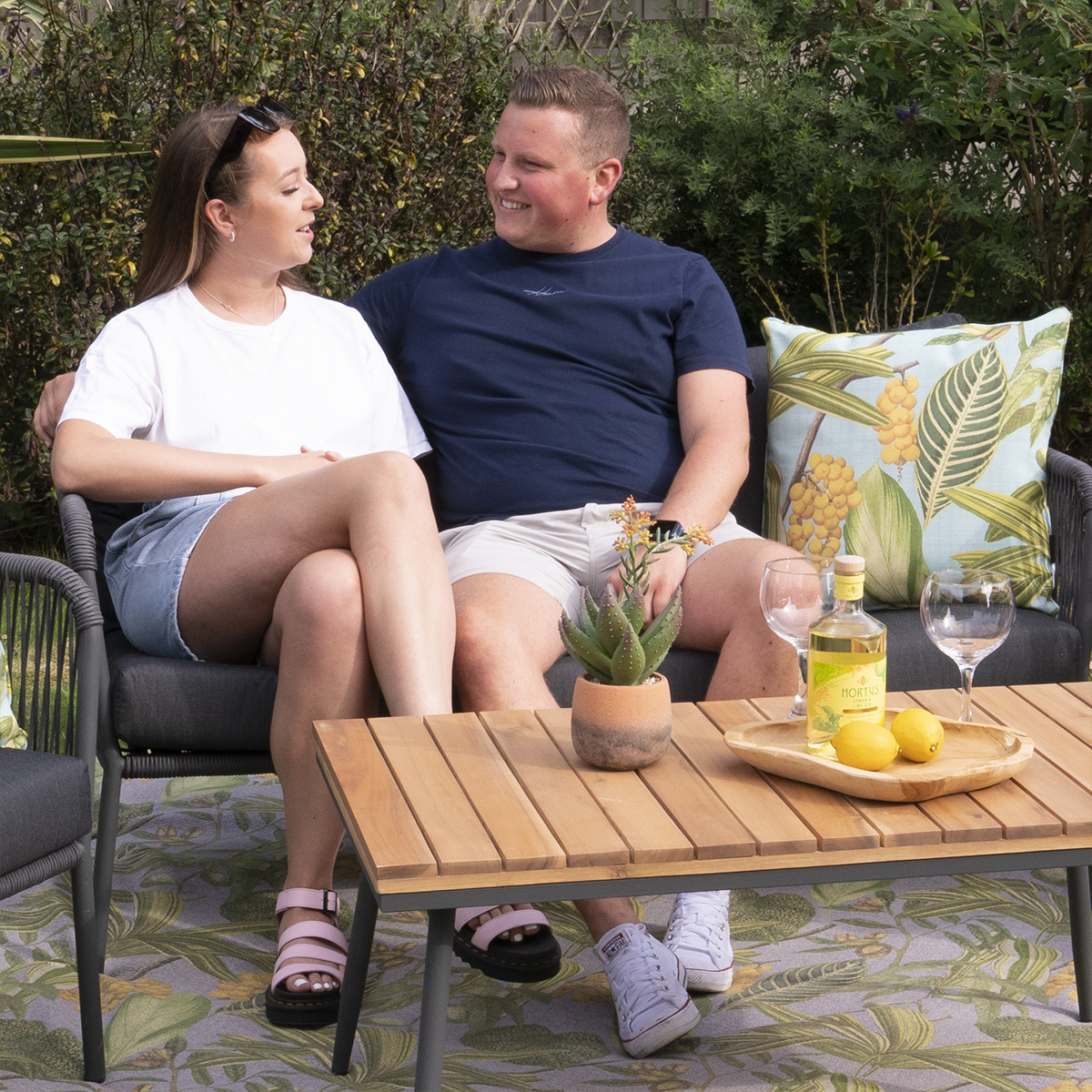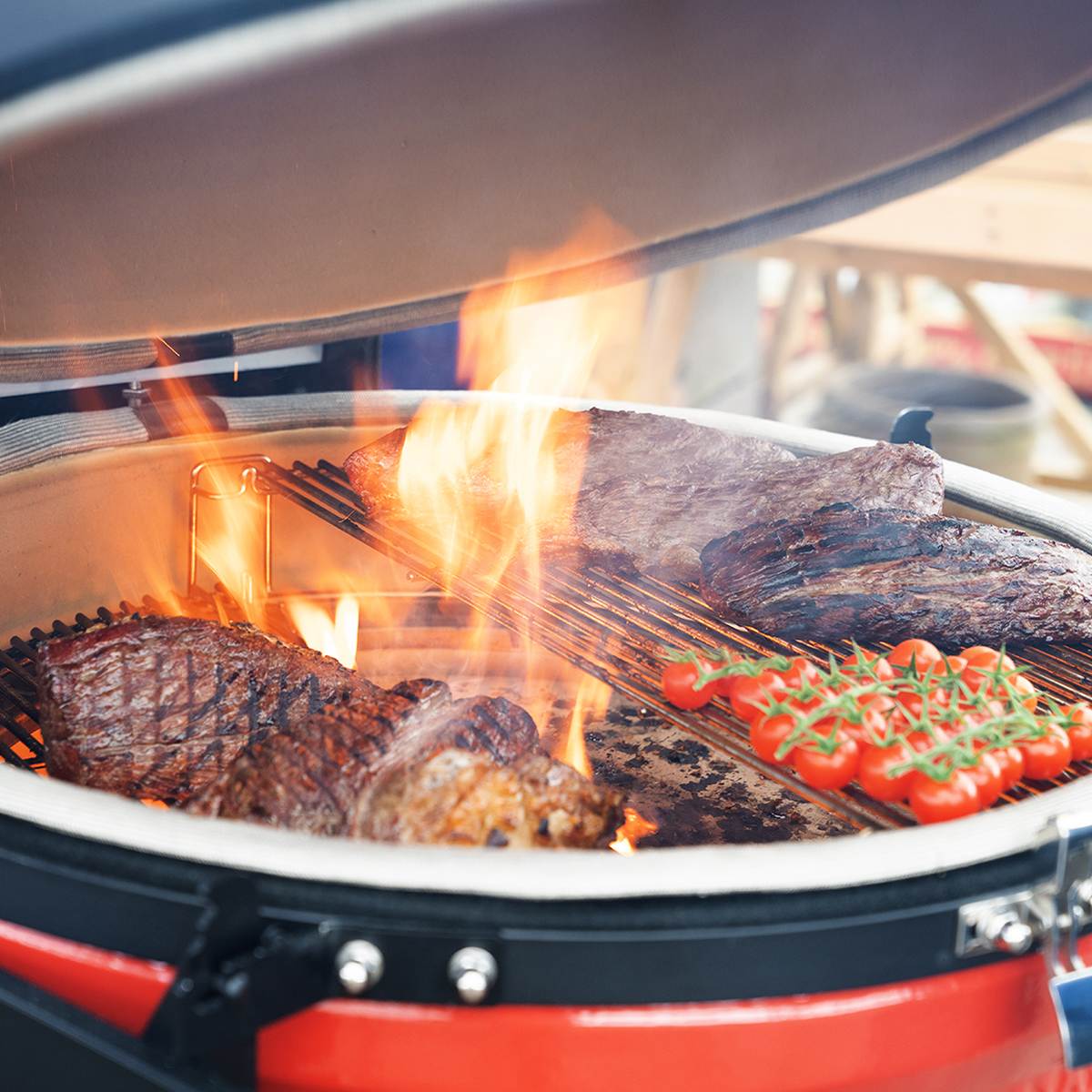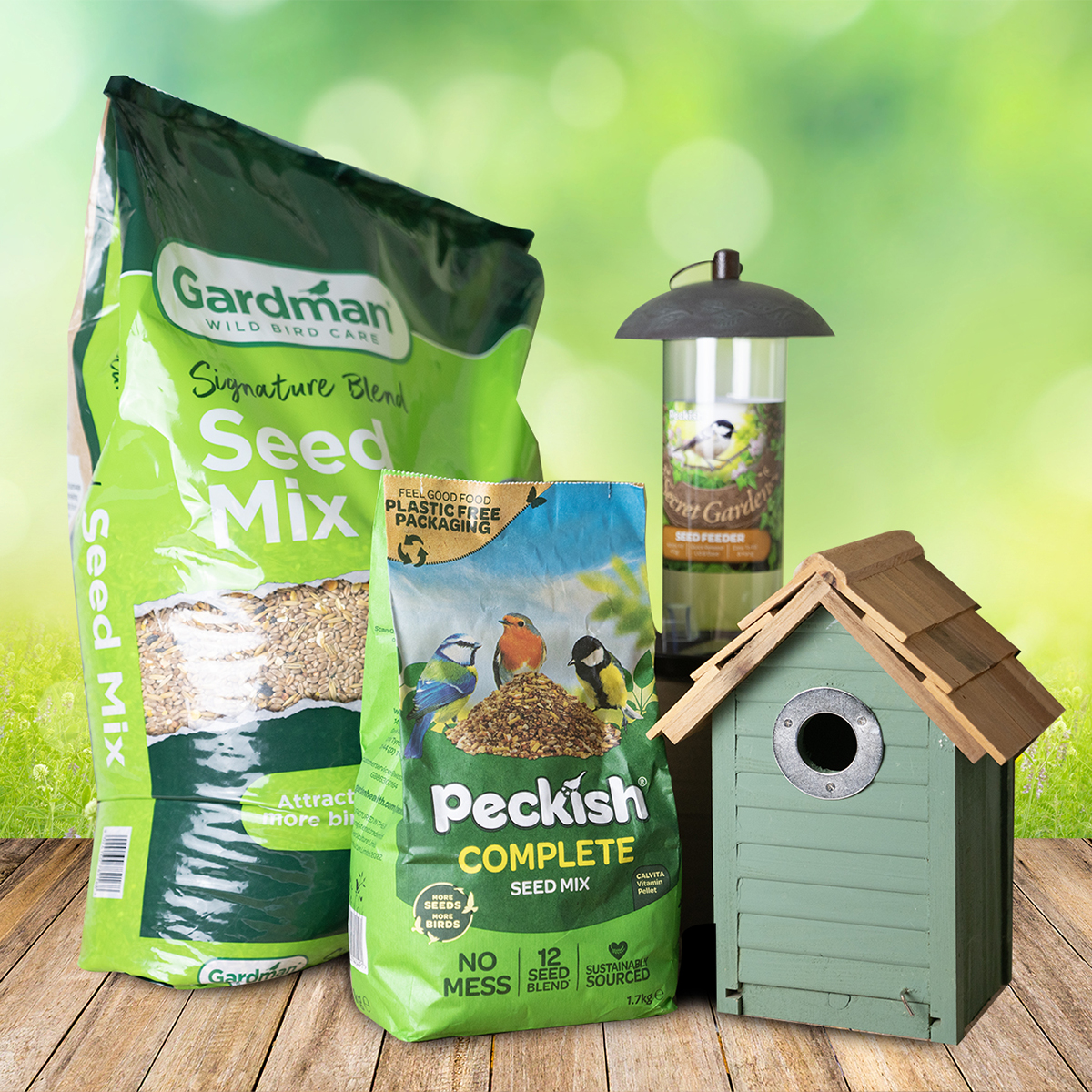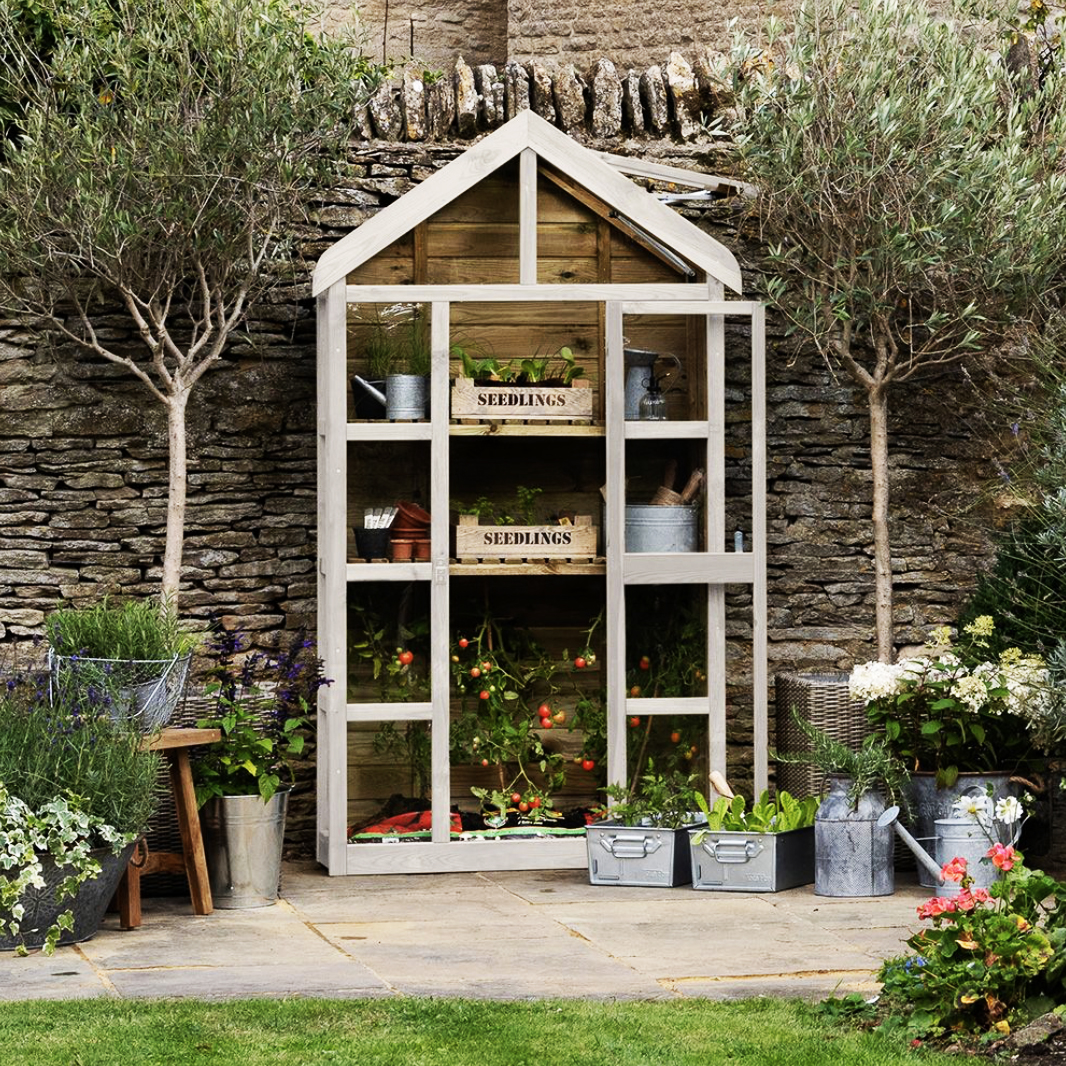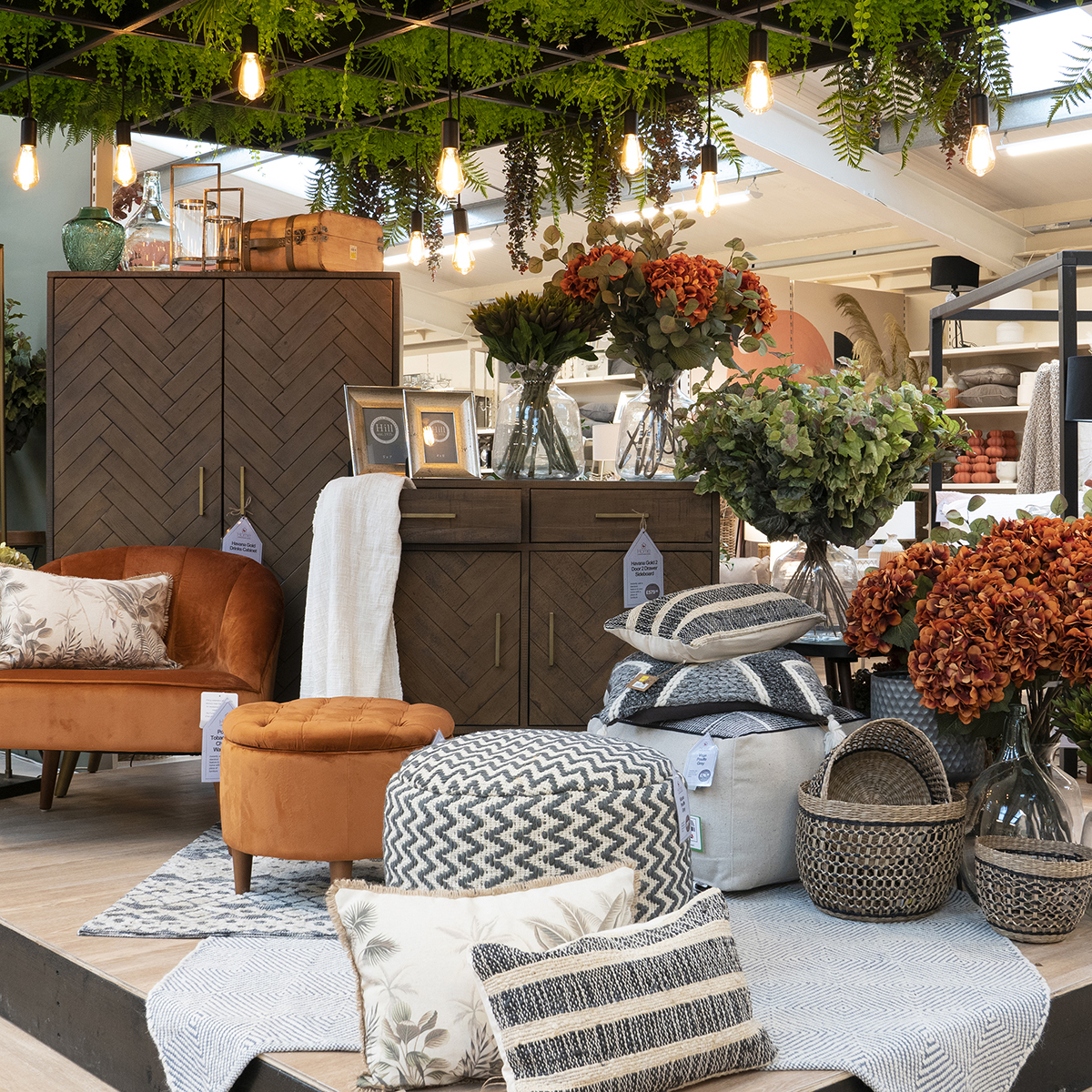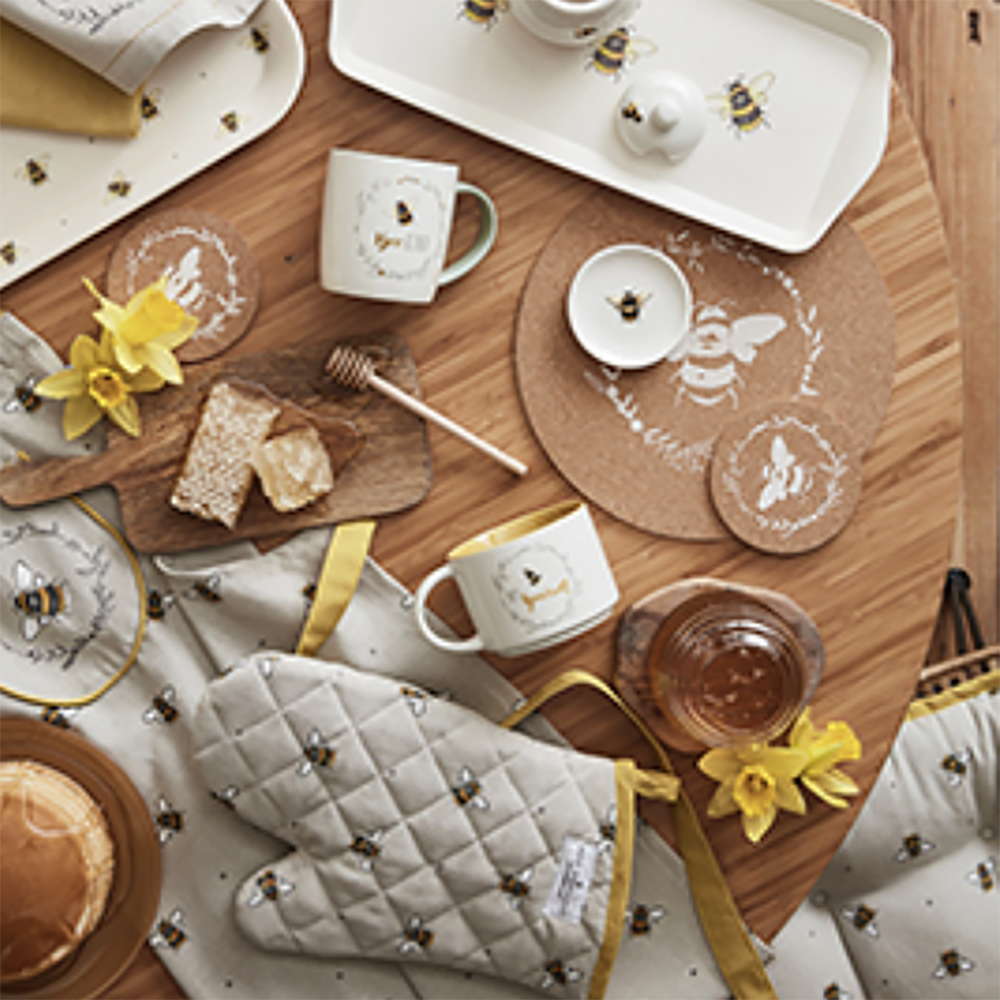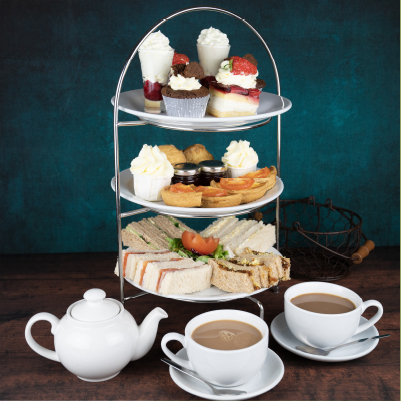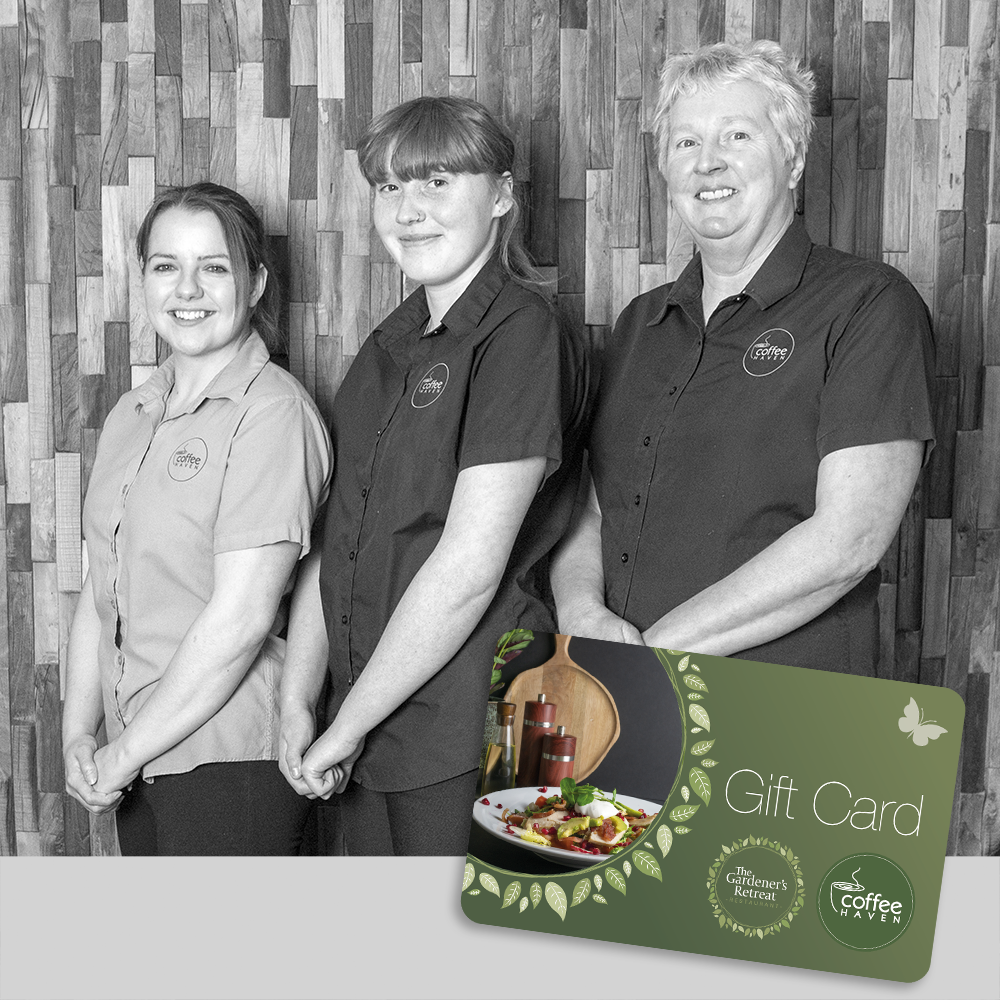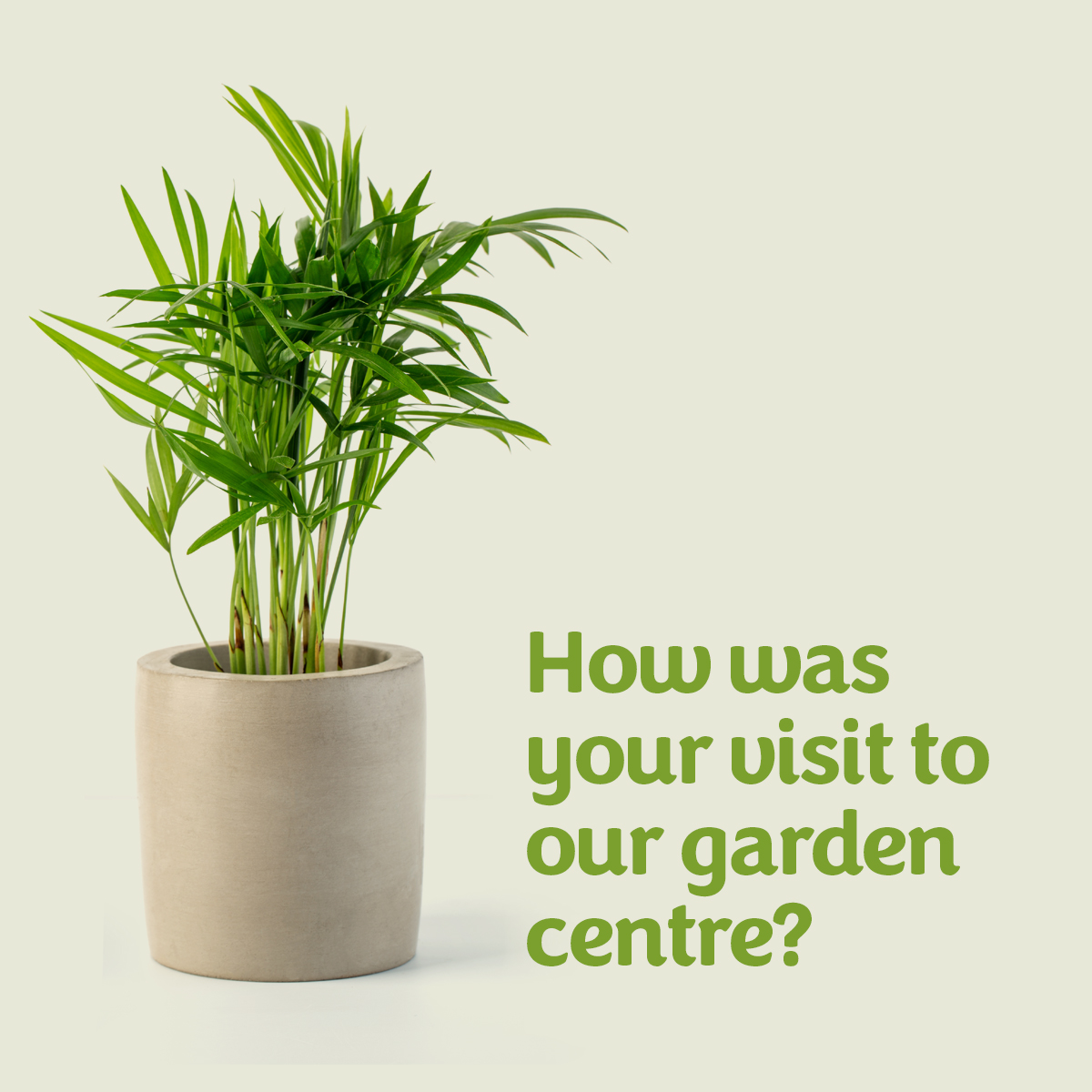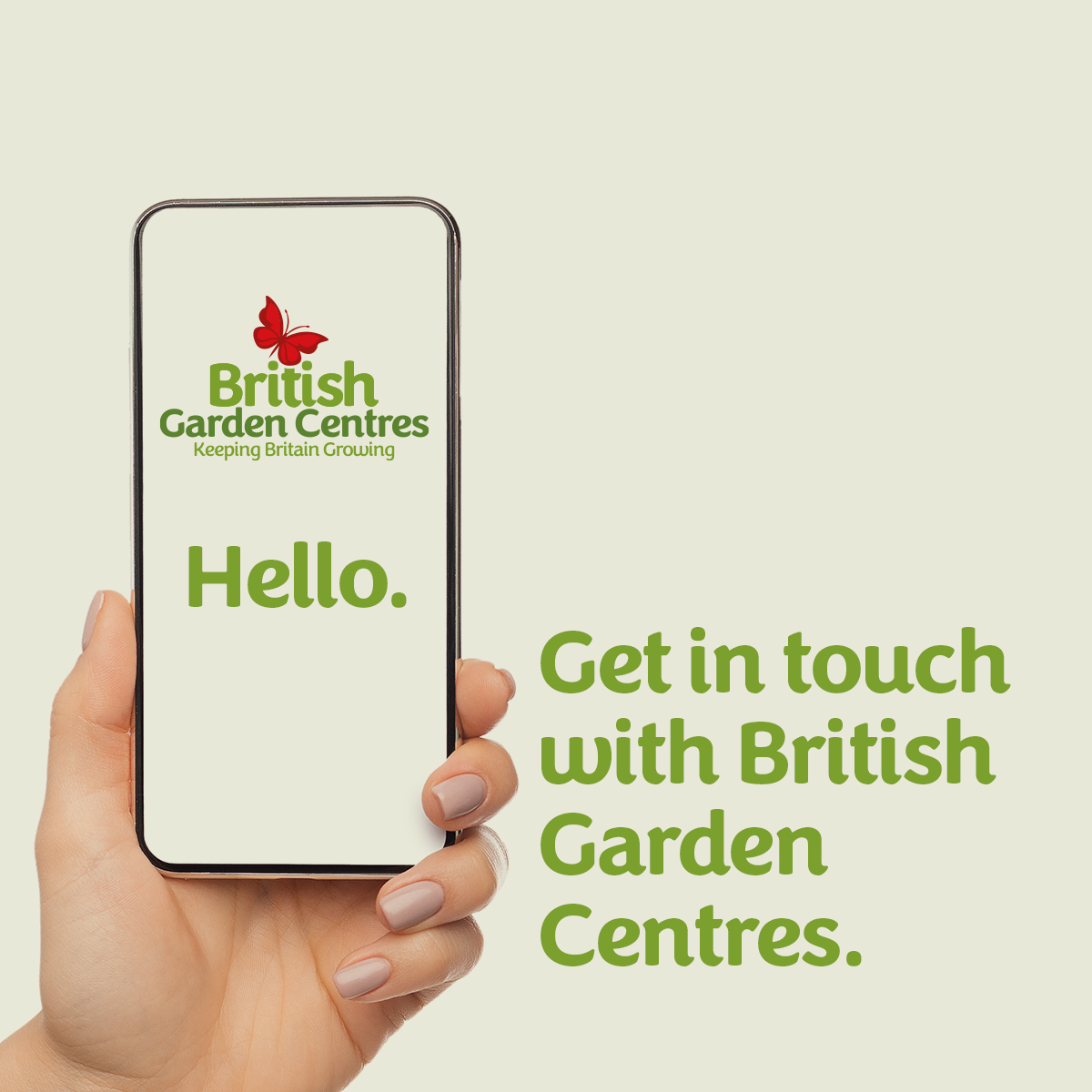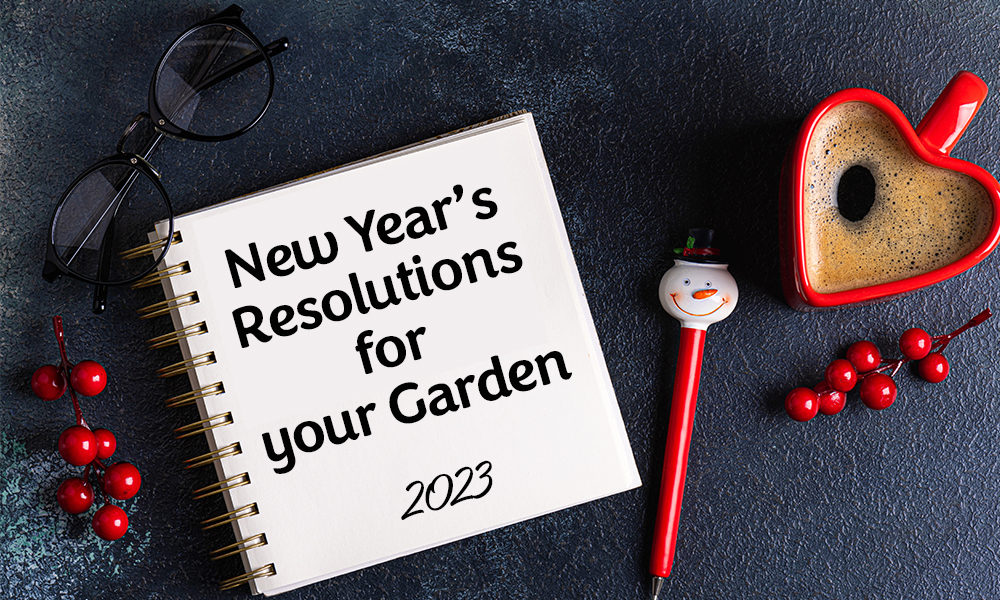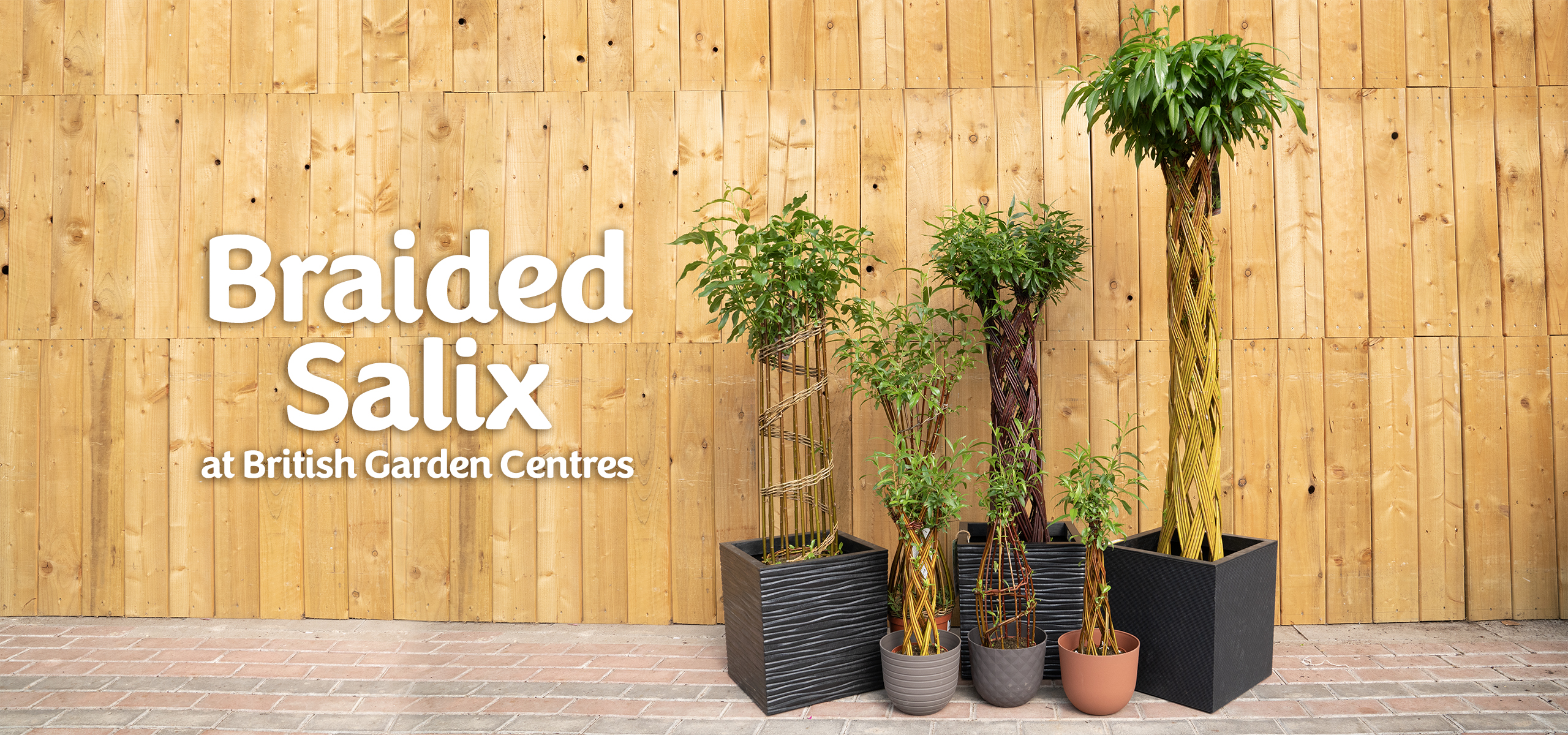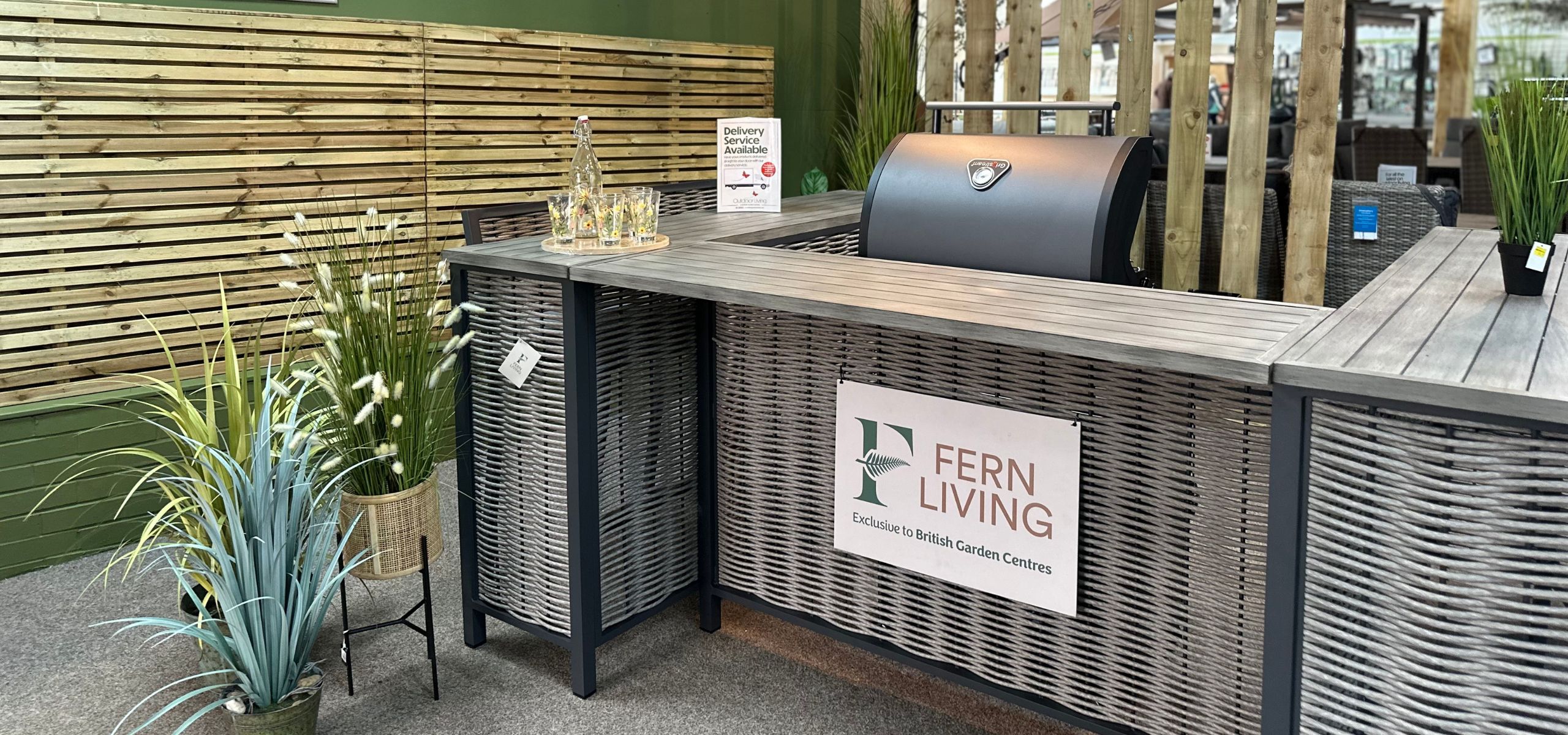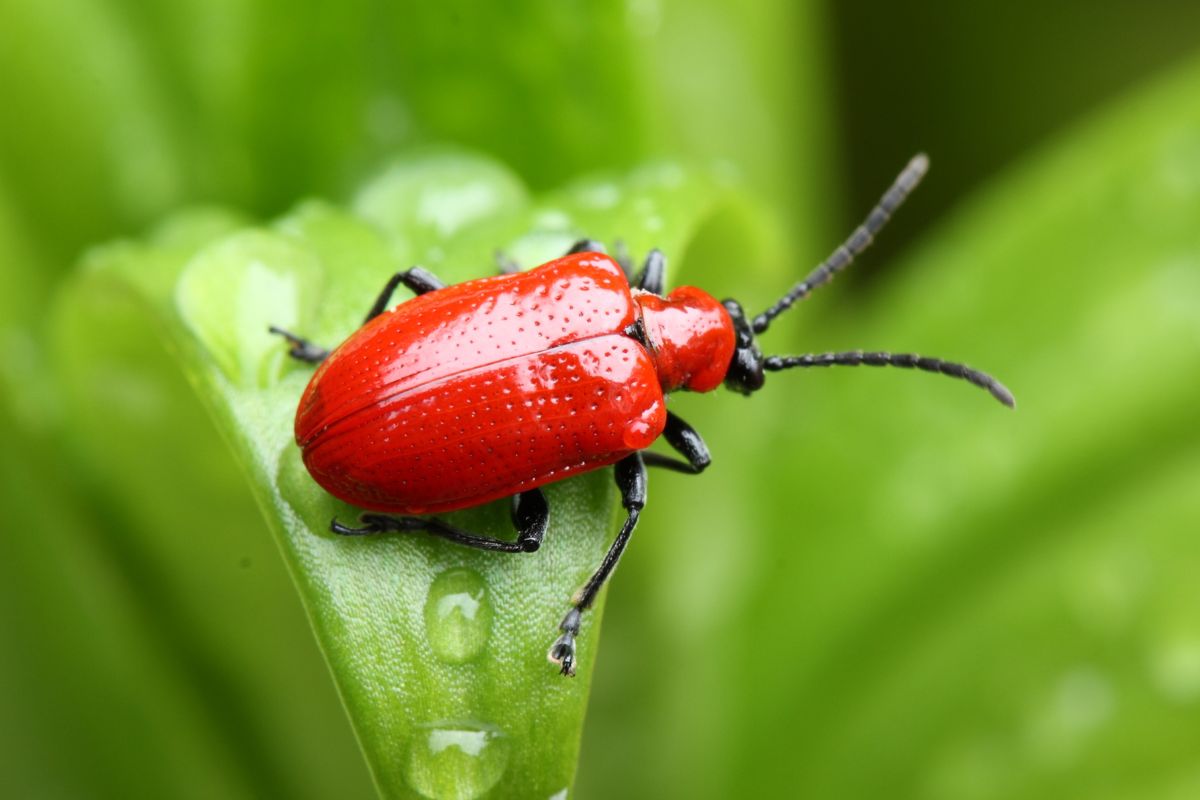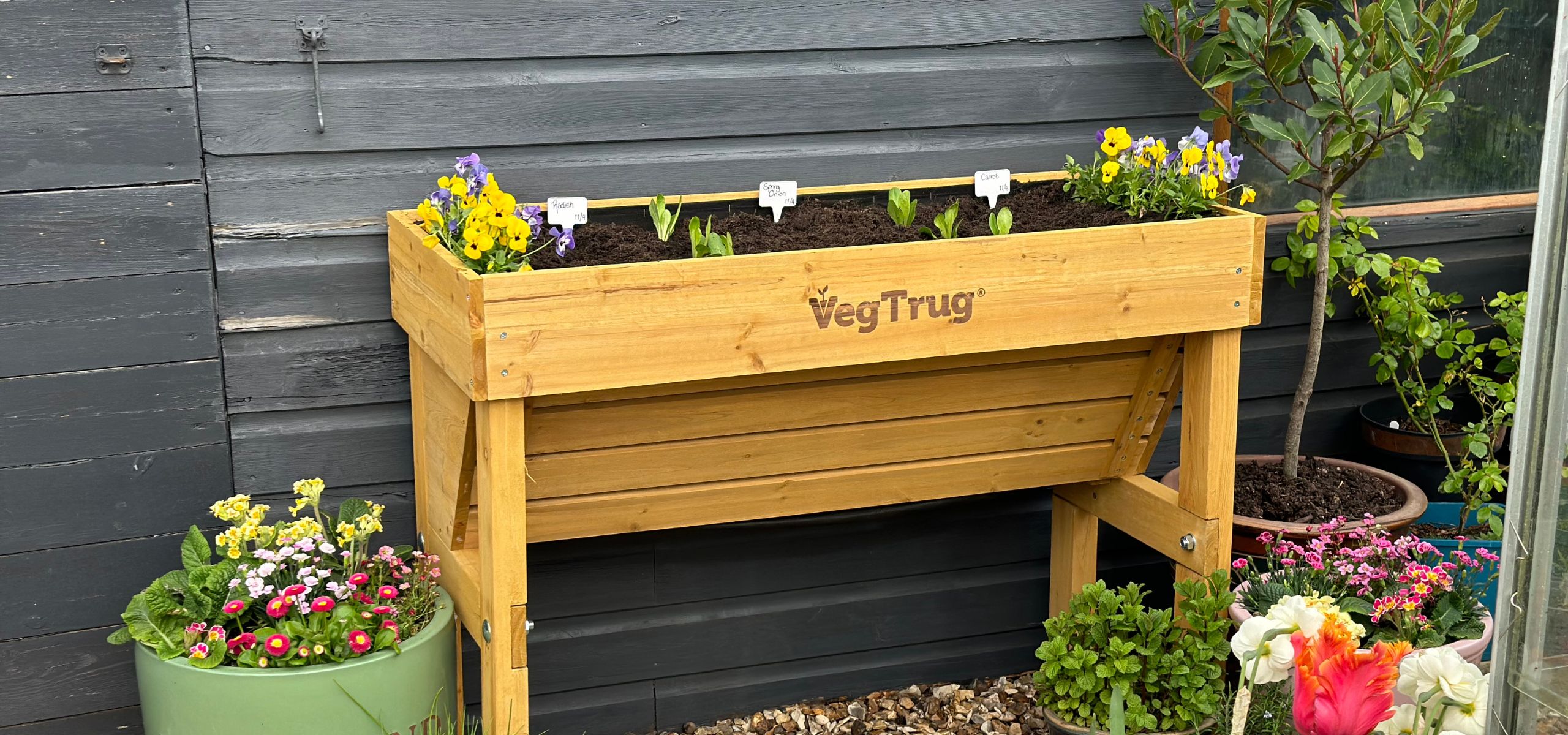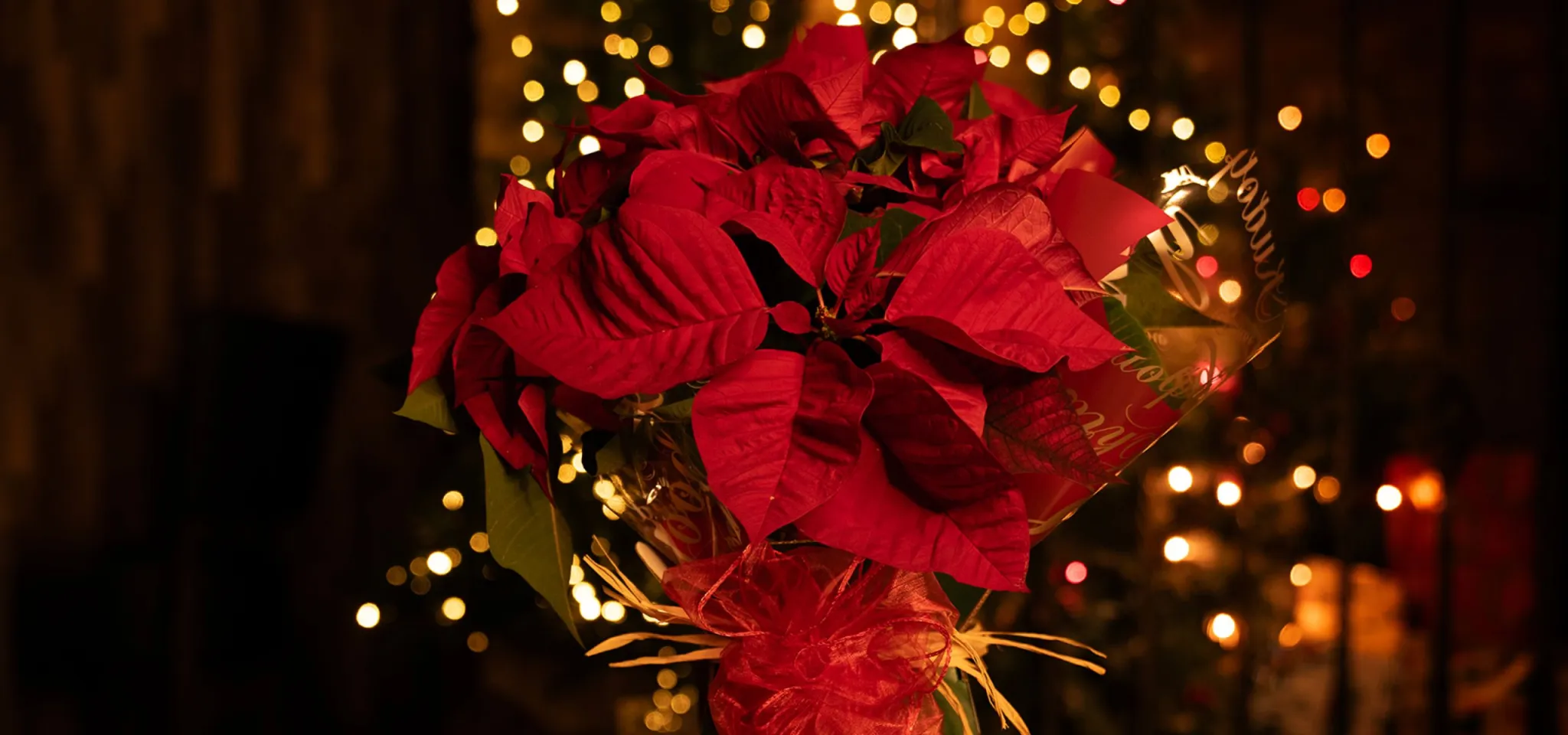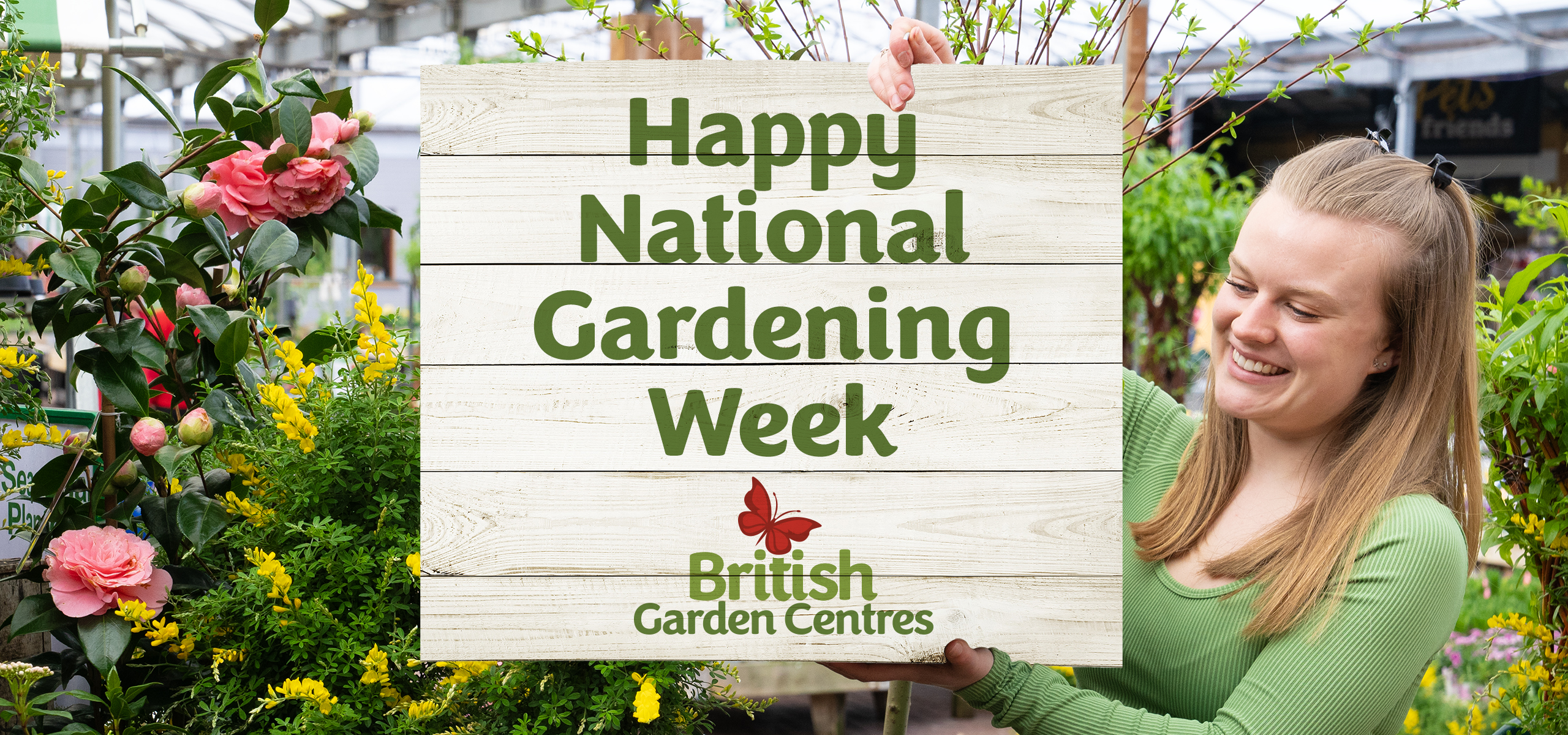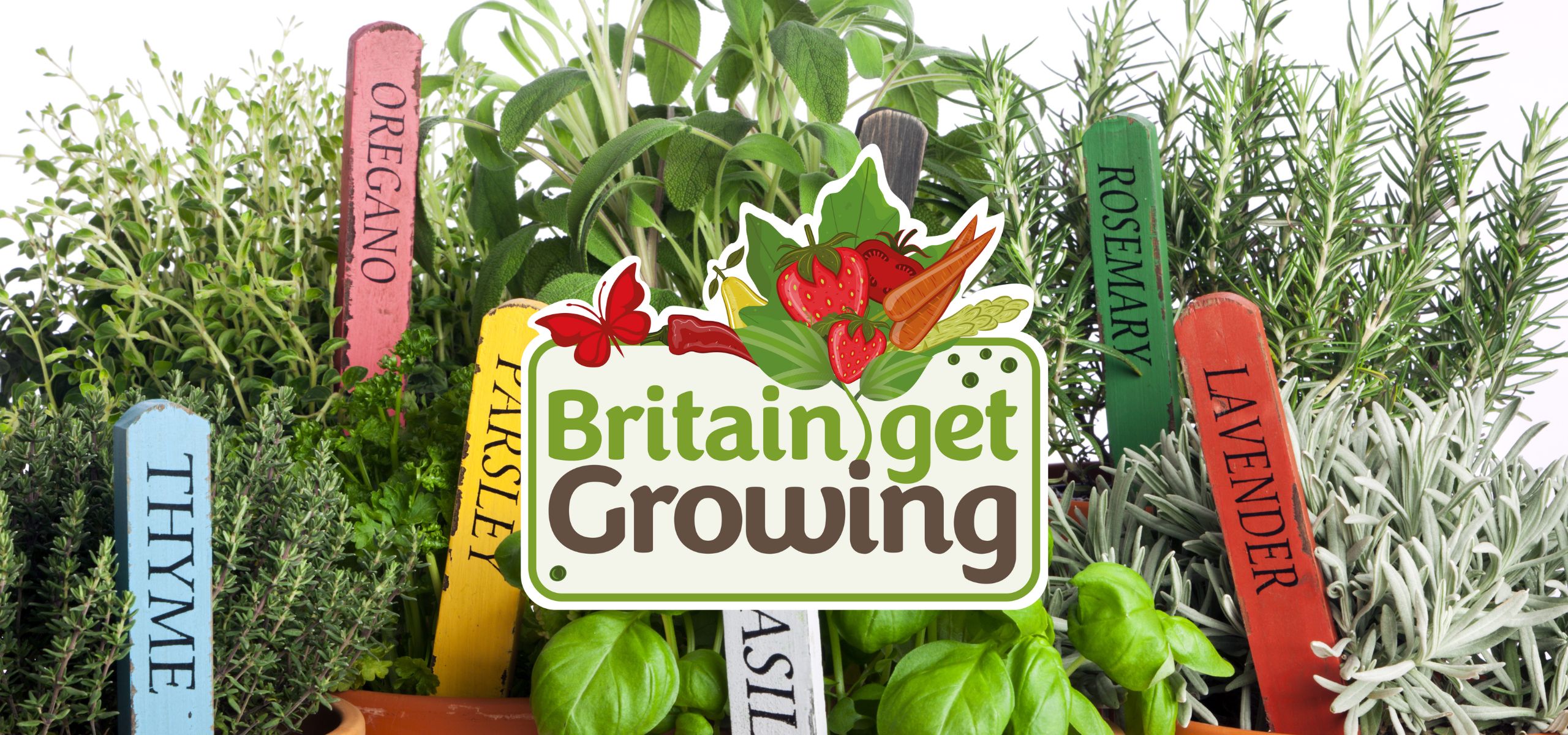Written by: Marie Shallcross
Hello and Happy New Year 🙂
New Year’s Resolutions are obviously topical at the moment, but have you thought about making New Year’s Resolutions for the way you manage your garden? It could make your gardening pleasurable, and your garden pretty and productive.
As a working number, I’ve suggested twelve resolutions. Not because you need to carry out one each month, but so you can choose a few that are most suitable for you and your garden - or decide on all of them!

Resolution #1 Know your soil
The soil in a good heart, ie fertile and free draining, is essential for healthy plants. This is true whether you have alkaline soil or acid soil; clay soil, sandy soil or silty soil.
Do you know how acidic or alkaline the soil in your garden is? You may find it’s the same across the garden or varies enormously – even in small gardens.
The right pH for the plants means they can access the nutrients in the soil. Carry out soil testing to find out the pH This is easy to do with a home soil testing kit or pH ‘prong’.
If all your gardening is carried out in raised beds or pots, this still applies to you. For example, when did you last change the potting compost?

Resolution #2 Try something new to eat
Whether that’s with a packet of seeds or a few plug plants, the investment can be small and experimenting with new varieties can be fun – and tasty! For example, do sweet banana peppers taste like bananas?

Resolution #3 Treats for your garden
Why not buy some snowdrops, Galanthus, to plant under those deciduous trees? At this time of year, you’ll find them as bulbs in the green, ie small plants, rather than actual bulbs.
Or what about a shrub that has scented flowers in bloom now? This isn’t just an indulgence for you but provides food (nectar) for those pollinating insects that are awake and hungry. For delicate white flowers try Wintersweet, Chimonanthus praecox, and the winter flowering Honeysuckle, Lonicera purpusii, which is a shrub, not a climber. They tolerate many soil types, but for acid soil, Witch hazel, Hamamelis, adds spicey orange or yellow flowers to the garden.

Resolution #4 Your Garden Hand Tools
Specifically, caring for your hand tools such as secateurs and spades. Make cleaning them a regular task in 2023. It can be quite therapeutic, cleaning and oiling whilst listening to a gardening podcast or radio show.
Keeping your gardening tools in good order is essential. And if they’re really in a badly rusted condition, treat yourself to new ones. Because blunt secateurs will not cut the mustard, let alone the shrubs that need pruning.

Resolution #5 Compost Heaps and Composting
Do you have a compost bin or compost heap? No? There are a variety of sizes of compost bins and methods of composting. It’s a conversation I have during gardening lessons and with garden design clients. We can usually find the right composting method to suit that person and their garden.
For example: –
- cold composting in a bin or heap
- bokashi
- wormery
- hot composting
- composting trench
Decide how much space you have and the sort of things you need to compost – vegetable peelings, soft prunings, cooked food, etc. Who will be doing most of the composting? A wormery can be a fun way to get children interested and gives you a liquid feed which you drain off, as well as organic material to use as mulch.

Resolution #6 Feed the Birds
Garden birds are the gardener’s friend. They will eat aphids, slugs, snails and soil-borne pests. Okay, so they may eat worms as well, but life isn’t perfect!
Encouraging birds in to your garden improves the overall health of this habitat. The dynamics of the food chain do apply to even small domestic plots. And is there a gardener who doesn’t like the companionship of a robin when they’re digging?
And remember to join in the Big Garden Birdwatch on the weekend of 27 – 23 January 2023

Resolution #7 Cut Flower Garden
Grow some flowers for cutting and taking into the house. This may be in a designated raised bed or in part of your kitchen garden. But it can just as easily mean adding some suitable flowers to your borders. For example annual flowers such as -
- cornflowers
- cosmos
- poppies
- sunflowers
- sweet peas

Resolution #8 Trim Hedges at the Correct Time
Trim hedges either early in the year before nesting begins or after nesting, birds have flown, which is usually from late August. It is actually an offence under the 1981 Wildlife and Countryside Act to knowingly damage or destroy the nest of any wild bird. And this includes trimming a hedge in your garden when you know there’s a nest in use.

Resolution #9 Use Organic Matter to Feed Your Plants
As a general rule use organic matter, ie compost, rather than too much liquid fertiliser. This way you’re feeding the soil not the plants which is much better for perennials (yes, even when it’s an organic liquid feed!)
For annuals, whether they’re flowers, bedding plants, salads or vegetables, using a liquid feed as part of your watering routine is fine. These plants put on a lot of growth in a short time and use lots of energy to fruit and flower, so need the “extra calories”.

Resolution #10 Plant a Tree
Winter is the optimum time for planting bare-root trees and shrubs. But you can plant container-grown plants at any time of the year.
For example: –
- Plant patio-sized fruit in a pot – a blueberry bush (or three different ones to extend the cropping season)
- Go for a tree with style, such as Acer griseum, the snake bark maple, with its shiny red trunk over winter.
- Plant a mini orchard (which is at least 5 fruit trees) and enjoy spring blossom and autumn harvest.

Resolution #11 Potting Compost
Buy fresh bags of potting compost for this year’s seeds, cuttings and patio planters.
Whilst it is tempting to use those leftover bags from last summer, it is a false economy. Your seeds and young plants deserve the best start you can give them. And old, opened potting compost may contain insect eggs or pathogens. However, so long as there aren’t any ’nasties’ in there, it’s generally fine to use the opened potting compost as a soil improver in your ornamental borders.

Resolution #12 Internal Garden Boundaries
By which I mean those boundaries between different sections of your garden. This is where you can be serious, quirky, traditional or inventive.
Even in small gardens divisions can help make the area seem larger or help to disguise unsightly views. For example, perhaps you have a wide plot and all you see is the rear fence. You could break up the view with trellis fencing and grow sweet peas, evergreen clematis, and runner beans. Or hang fairy lights and small decorations on there. One of my clients made this into an outdoor gallery with items made by grandchildren or given to them by friends.
And finally
What we learn from previous years’ gardening partly depends on size and location of our garden. But one thing is certain: we’ve developed our gardening skills and learnt so much.
And do you know what the best bit is? We still have much more to learn. For example: –
- How will we negate some of the effects of climate change by gardening in a sustainable way?
- Will we grow heritage varieties to maintain a good gene base?
- How are we going to find replacements for all the plastic we currently use in the garden? Do we all have to make compost?
- Does re-wilding a garden mean mess, or more beneficial insects?
Here’s to a year full of finding out (more) about our gardens and gardening!
See you next month,
Marie
About the author
Marie Shallcross is an advocate of edible ornamental gardens - beautiful, practical spaces that are both human friendly and wildlife friendly. She is the owner of Plews Garden Design, offering bespoke Gardening Lessons where your garden is your classroom. As well as Garden Design, Planting Designs, and Garden Consultancy.
A member of the prestigious Garden Media Guild, Marie writes a weekly award-winning gardening blog – Plews Potting Shed - plus articles for various publications and websites.
